The Earth keeps its secrets hidden in plain sight, locked away in layers of ice that haven’t seen sunlight for millennia, buried beneath muddy lake beds that have quietly accumulated sediment for thousands of years, and embedded within rocks that witnessed the planet’s most dramatic transformations. These natural archives hold the keys to understanding how our climate has changed throughout history, revealing stories of ancient ice ages, volcanic winters, and periods when the Arctic was as warm as modern-day Florida. Scientists have become detectives, reading these geological clues like pages in Earth’s autobiography, uncovering evidence of climate shifts that make today’s changes seem like gentle whispers compared to the dramatic screams of the past.
The Frozen Time Capsules of Antarctica

Deep beneath the pristine white surface of Antarctica lies the world’s most complete climate record, preserved in ice cores that stretch back nearly 800,000 years. These cylindrical sections of ancient ice contain tiny bubbles of prehistoric atmosphere, trapped like fossils in frozen time. When scientists extract these cores from depths of up to two miles, they’re essentially pulling up samples of air that dinosaurs never breathed but that early humans might have inhaled.
Each annual layer in these ice cores tells a unique story about temperature, precipitation, and atmospheric composition. The thickness of layers reveals whether a particular year was warm or cold, wet or dry. Dust particles embedded in the ice speak of ancient volcanic eruptions and desert storms that traveled thousands of miles. Chemical analysis of these cores has revealed that atmospheric carbon dioxide levels fluctuated naturally between 180 and 300 parts per million for hundreds of thousands of years, providing crucial context for understanding today’s rapidly rising levels.
Greenland’s Icy Archives of Northern Hemisphere Weather

While Antarctica provides the longest climate record, Greenland’s ice cores offer incredible detail about rapid climate changes in the Northern Hemisphere. These frozen archives have revealed that Earth’s climate can shift dramatically within just a few decades, not the thousands of years scientists once believed. The Younger Dryas period, which occurred about 12,800 years ago, saw temperatures in the North Atlantic region plummet by up to 15 degrees Celsius in less than a decade.
The precision of Greenland’s ice cores is remarkable – scientists can identify individual years and even seasons within the ice. During summer months, the ice appears darker due to dust and debris, while winter ice remains crystal clear. This seasonal variation creates a natural calendar that allows researchers to count backwards through time with extraordinary accuracy. The cores also contain evidence of massive volcanic eruptions, including the 1815 eruption of Mount Tambora in Indonesia, which caused the “Year Without a Summer” in 1816.
Lake Sediments: Nature’s Filing System

At the bottom of lakes around the world lies another treasure trove of climate information – layers of sediment that have accumulated grain by grain over thousands of years. These muddy deposits act like nature’s filing system, preserving pollen, organic matter, and microscopic organisms that lived and died in ancient waters. Each layer represents a snapshot of environmental conditions, creating a timeline that scientists can read like tree rings.
Lake Suigetsu in Japan holds one of the most precise sediment records on Earth, extending back 150,000 years with annual resolution. The lake’s sediments reveal how monsoon patterns shifted, when droughts occurred, and how vegetation changed in response to climate variations. Similar records from lakes in Africa show when the Sahara was green and lush, supporting hippos and crocodiles in what is now the world’s largest hot desert.
Cave Formations: Drip by Drip Climate History

Stalactites and stalagmites growing slowly in caves around the world have been quietly recording climate changes for hundreds of thousands of years. These limestone formations grow layer by layer as mineral-rich water drips from cave ceilings, and their chemical composition reflects the climate conditions above ground when each layer formed. The ratio of different oxygen isotopes in the calcite reveals ancient temperatures and rainfall patterns with remarkable precision.
Chinese caves have provided some of the most detailed records of monsoon variability, showing how precipitation patterns shifted over the past 640,000 years. These cave records have revealed that the Asian monsoon system is incredibly sensitive to small changes in Earth’s orbit and solar radiation. The formations also show how human activities began influencing local climate thousands of years ago, as early agriculture changed regional water cycles.
Tree Rings: The Living Climate Library

Ancient trees serve as living climate libraries, with each ring representing one year of growth influenced by temperature, precipitation, and environmental stress. The science of dendrochronology has allowed researchers to extend climate records back thousands of years using both living trees and preserved wood from archaeological sites and natural deposits. Bristlecone pines in California’s White Mountains have created an unbroken record spanning over 9,000 years.
These tree ring records reveal cycles of drought and wet periods that shaped human civilization. The collapse of the Ancestral Puebloan culture in the American Southwest around 1300 CE coincides with a severe drought visible in tree rings from across the region. Similarly, tree rings from Mongolia show that the expansion of Genghis Khan’s empire coincided with unusually wet conditions that would have provided abundant grasslands for horses and livestock.
Coral Reefs: Tropical Climate Chronometers

Coral reefs in tropical oceans grow in annual bands similar to tree rings, but they record ocean temperature and chemistry rather than atmospheric conditions. These marine archives are particularly valuable because they preserve information about sea surface temperatures, which drive much of the world’s weather patterns. Coral cores from the Great Barrier Reef and Caribbean have revealed how ocean temperatures have fluctuated over the past several centuries.
The coral records show that ocean temperatures have natural cycles related to phenomena like El Niño and La Niña, but they also reveal when industrial pollution began affecting ocean chemistry. As atmospheric carbon dioxide levels rise, oceans absorb more CO2, becoming more acidic. This acidification shows up clearly in coral skeletons, providing a direct measure of how human activities are changing ocean chemistry.
Deep Ocean Sediments: The Ultimate Climate Archive

The deep ocean floor contains the most complete record of Earth’s climate history, with sediment cores extending back millions of years. These marine sediments preserve microscopic organisms called foraminifera, whose shells record ocean temperatures and chemistry when they were alive. The ratio of different isotopes in these shells reveals ancient sea surface temperatures and ice volume on continents.
Ocean sediment cores have revealed the existence of ice ages long before they were recognized on land. The record shows that major ice ages began about 2.6 million years ago, with the pattern of glacial and interglacial periods becoming more pronounced over time. These records also show how ocean currents changed during different climate states, affecting global weather patterns and the distribution of heat around the planet.
Volcanic Ash: Time Markers in Earth’s Climate Story
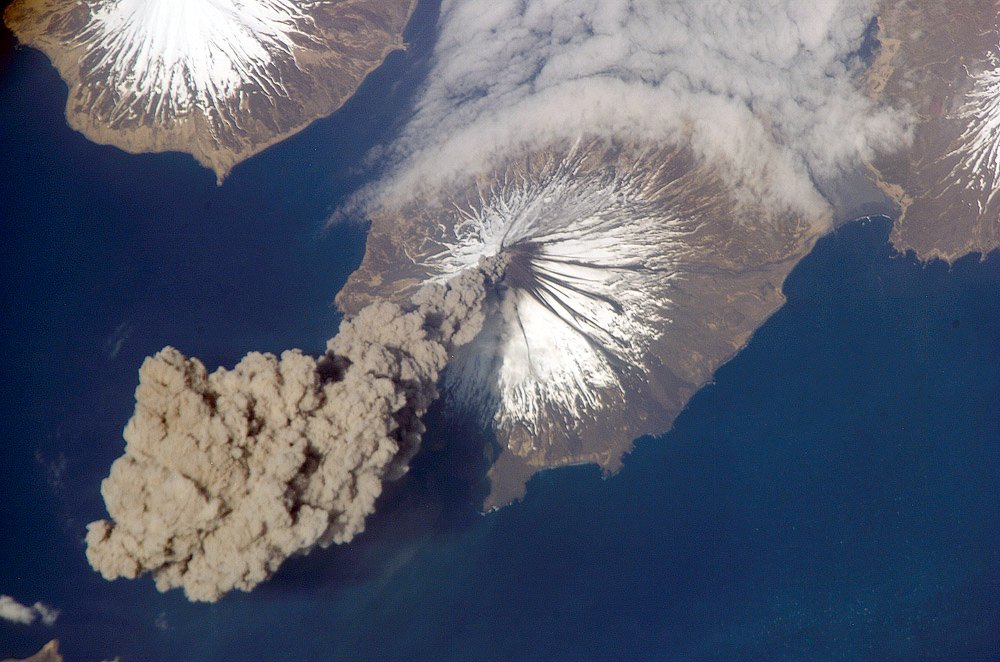
Volcanic eruptions create distinctive layers in climate records that serve as time markers, allowing scientists to correlate events across different regions and types of archives. Major volcanic eruptions can cool global temperatures for several years by injecting sulfur compounds into the stratosphere, where they reflect sunlight back to space. The 1991 eruption of Mount Pinatubo in the Philippines cooled global temperatures by about 0.5 degrees Celsius for three years.
Ancient volcanic eruptions left their signatures in ice cores, lake sediments, and tree rings around the world. The Toba supervolcanic eruption in Indonesia about 74,000 years ago created a volcanic winter that may have pushed early human populations to the brink of extinction. Evidence of this eruption appears in ice cores from both poles and in marine sediments across the Indian Ocean, showing how a single event can have global consequences.
Pollen Records: Ancient Ecosystem Snapshots

Pollen grains preserved in lake sediments and peat bogs provide detailed records of past vegetation and climate conditions. These microscopic time capsules are remarkably durable, surviving for hundreds of thousands of years in the right conditions. Different plant species produce distinctive pollen that can be identified under a microscope, allowing scientists to reconstruct past ecosystems and track how they responded to climate changes.
Pollen records from Europe show how ice age cycles repeatedly pushed forests south during glacial periods and allowed them to expand north during warm interglacials. The records also reveal how quickly ecosystems can change – at the end of the last ice age, forests spread across previously glaciated landscapes within just a few centuries. These rapid changes show that ecosystems can be remarkably resilient but also vulnerable to sudden climate shifts.
Permafrost: The Frozen Archive of High Latitudes

Permafrost in Arctic and sub-Arctic regions contains organic matter that has been frozen for thousands of years, preserving everything from ancient DNA to complete mammoth carcasses. This frozen ground acts as a natural freezer, maintaining organic material that would otherwise decompose. Scientists can extract ice from permafrost and analyze it much like ice cores, revealing information about past temperatures and atmospheric conditions.
The Siberian permafrost has yielded remarkably well-preserved specimens of Ice Age animals, including woolly mammoths with intact DNA. These discoveries provide insights into the ecosystems that existed during the last ice age and how they changed as the climate warmed. The permafrost also contains vast amounts of carbon that could be released as greenhouse gases if it melts, making it both a record of past climate and a potential driver of future change.
Glacier Moraines: Evidence of Ice Age Boundaries
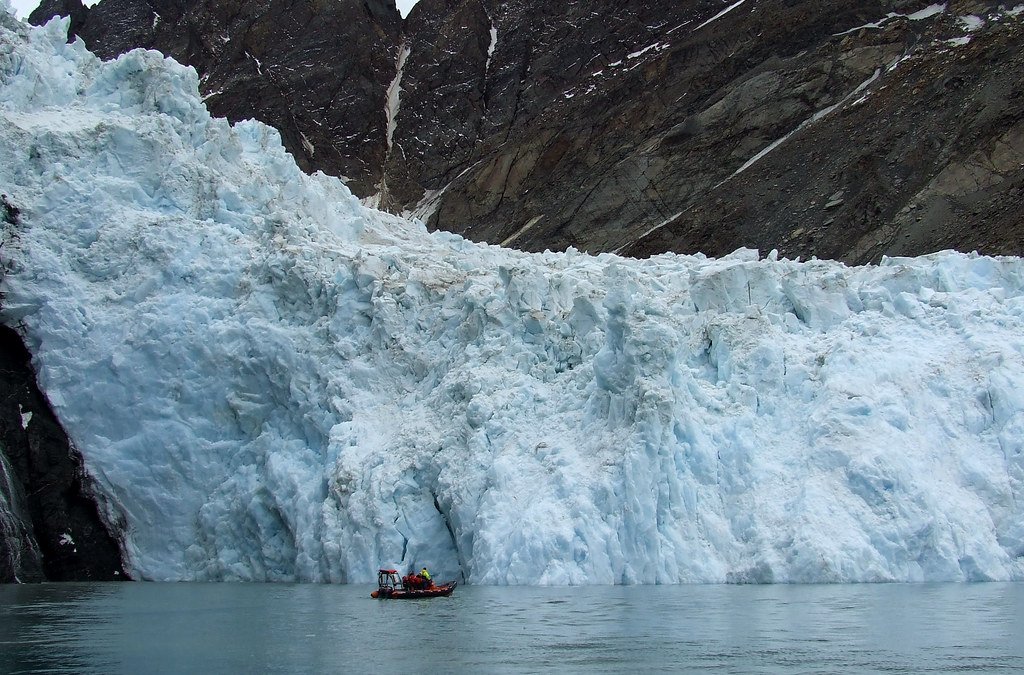
Glaciers are powerful landscape sculptors, leaving behind distinctive piles of rock and sediment called moraines when they retreat. These geological features mark the maximum extent of past ice sheets and provide evidence of how glaciers advanced and retreated in response to climate changes. Dating these moraines reveals the timing of ice age cycles and how quickly glaciers can respond to temperature changes.
The moraines left by alpine glaciers in mountain ranges around the world show that the Little Ice Age, which occurred from roughly 1300 to 1850 CE, was a global phenomenon. During this period, glaciers advanced far down mountain valleys, overwhelming villages and farms. The moraines also show that glacier retreat in the 20th and 21st centuries has been faster than any previous retreat recorded in the geological record.
Loess Deposits: Wind-Blown Climate Chronicles

Loess deposits – layers of wind-blown silt and clay – provide records of past wind patterns and climate conditions in continental regions. These deposits accumulated during dry periods when strong winds could pick up fine particles and transport them hundreds of miles. The thickness and composition of loess layers reveal information about the strength of ancient wind systems and the aridity of source regions.
Chinese loess deposits provide one of the most detailed continental climate records, extending back over 2 million years. These deposits show how the Asian monsoon system strengthened and weakened over time, with thick loess layers indicating periods of increased aridity and dust storms. The magnetic properties of loess particles also record changes in Earth’s magnetic field, providing additional dating information.
Bog Sediments: Acidic Archives of Environmental Change
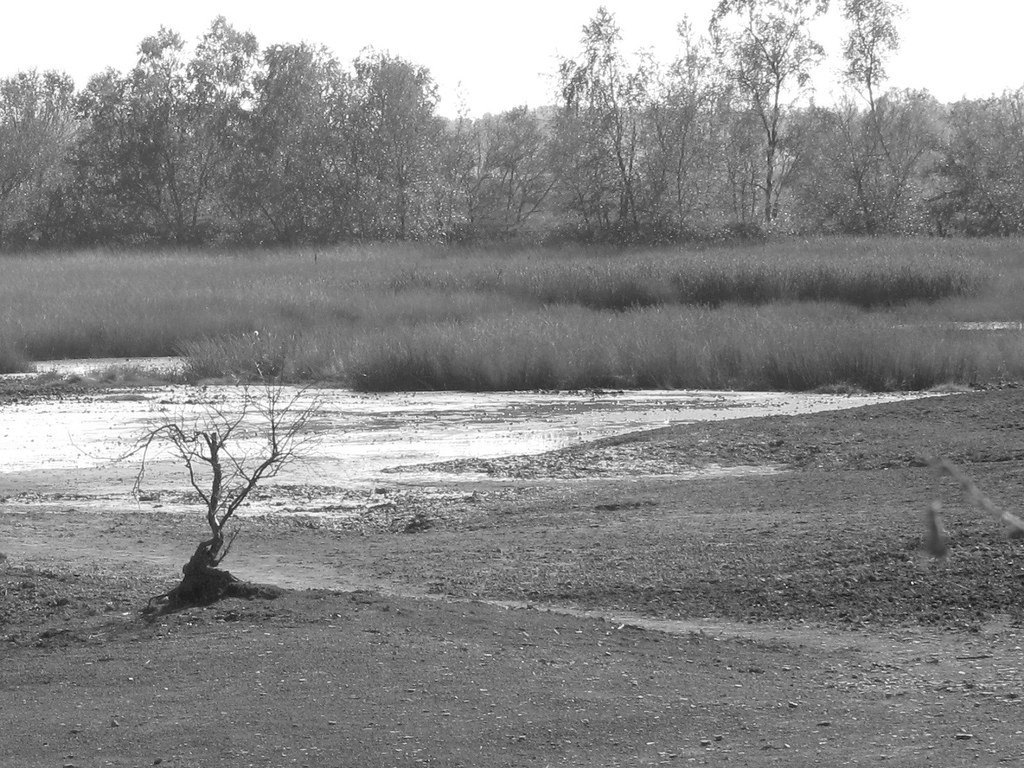
Peat bogs create unique environments where organic matter accumulates faster than it decomposes, creating detailed records of local environmental conditions. The acidic, waterlogged conditions in bogs preserve pollen, plant remains, and other organic materials that would decay in normal soils. These bog sediments provide high-resolution records of vegetation changes and local climate conditions.
European bog records show how human activities began influencing local environments thousands of years ago. The expansion of agriculture appears clearly in bog pollen records as forest pollen decreases and grass and crop pollen increases. These records also preserve evidence of metal pollution from ancient mining and smelting activities, showing how human impacts on the environment have a much longer history than previously thought.
Speleothems: Precisely Dated Climate Indicators
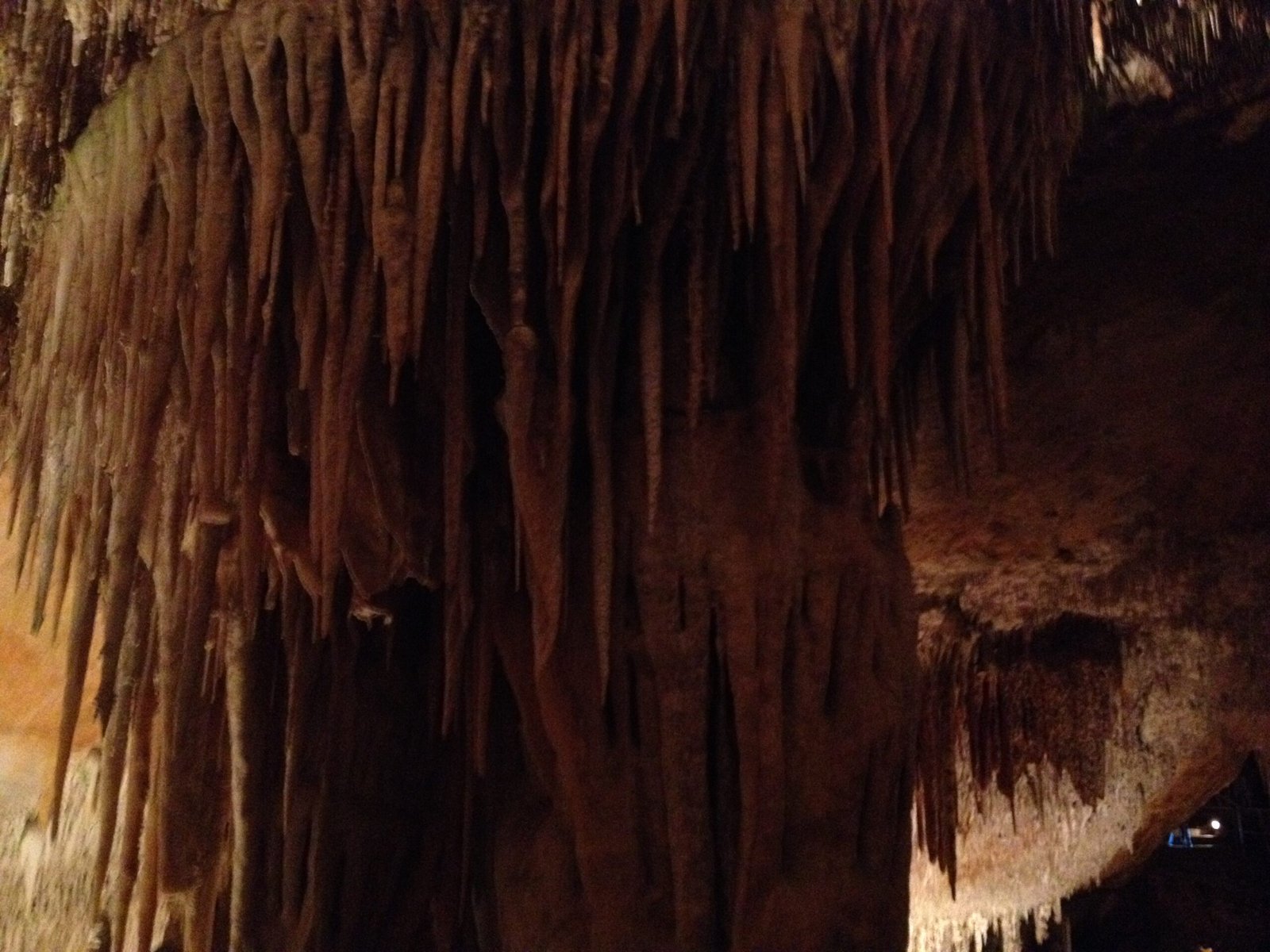
Speleothems – cave formations like stalactites and stalagmites – can be dated precisely using uranium-thorium dating methods, providing some of the most accurate climate records available. These formations grow continuously in many caves, creating unbroken records that can extend back hundreds of thousands of years. The chemical composition of speleothems reflects the composition of groundwater, which in turn reflects local climate conditions.
Israeli cave records have provided crucial information about climate conditions in the Eastern Mediterranean, showing how rainfall patterns changed during human prehistory. These records reveal that the region experienced severe droughts during key periods of human migration and cultural development. The precision of speleothem dating allows scientists to correlate these climate changes with archaeological evidence of human adaptation.
Varved Lake Sediments: Annual Climate Records

Some lakes create annual layers called varves, where light and dark sediments alternate seasonally to create natural calendars in the lake bottom. These varved sediments provide year-by-year records of environmental conditions, allowing scientists to identify individual years and even seasons in the geological record. The thickness and composition of varves reflect annual variations in temperature, precipitation, and productivity.
Scandinavian varved lake records extend back over 13,000 years, providing detailed information about how the region’s climate changed after the last ice age. These records show how quickly ecosystems responded to climate change, with some transitions occurring within just a few years. The varve records also preserve evidence of human activities, including forest clearance and the introduction of agriculture.
Fossil Leaves: Ancient Atmospheric Windows
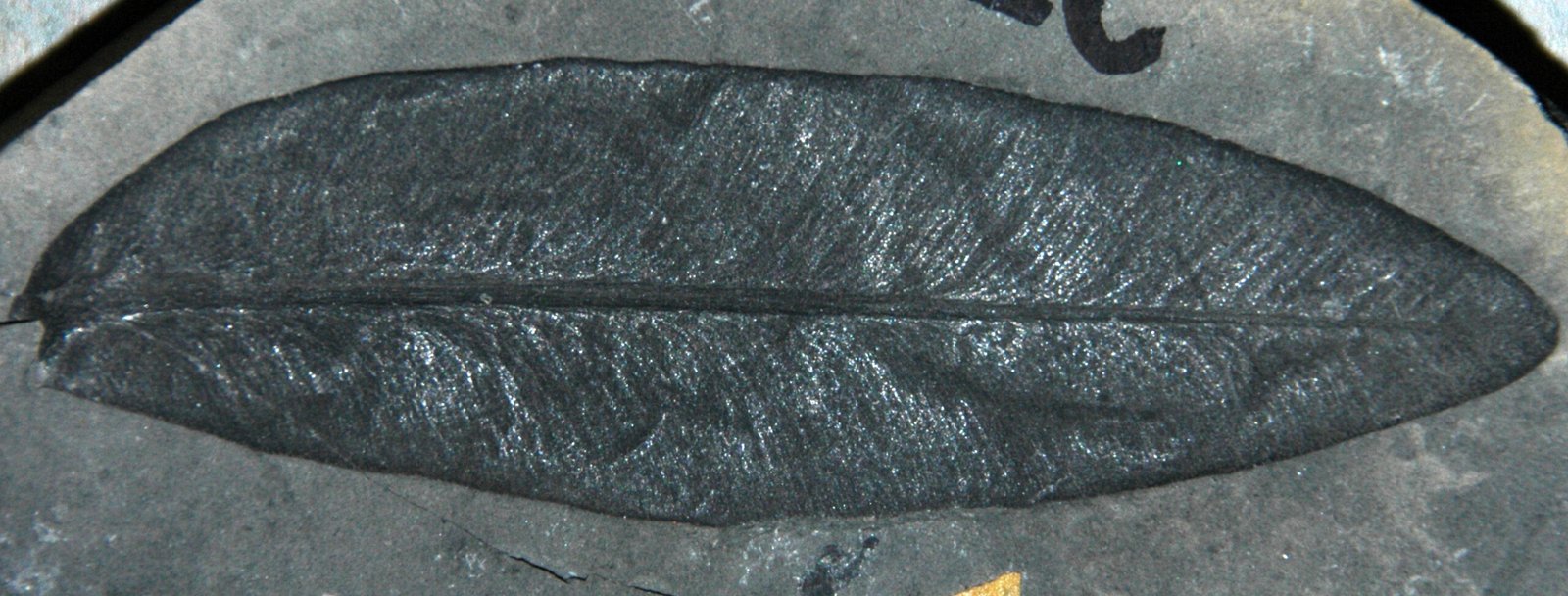
Fossil leaves provide unique insights into ancient atmospheric conditions because leaf characteristics respond directly to atmospheric CO2 levels and temperature. The density of stomata – tiny pores that allow gas exchange – decreases when atmospheric CO2 levels are high, providing a direct measure of ancient atmospheric composition. The size and shape of leaves also reflect temperature and humidity conditions.
Fossil leaf records from the Paleocene-Eocene Thermal Maximum, a period of rapid warming about 56 million years ago, show how plants responded to dramatically increased atmospheric CO2 levels. These records reveal that atmospheric CO2 levels reached over 1,000 parts per million during this period, more than twice current levels. The leaf fossils also show how plant communities migrated poleward as temperatures increased.
Marine Isotope Records: Ocean Chemistry Through Time
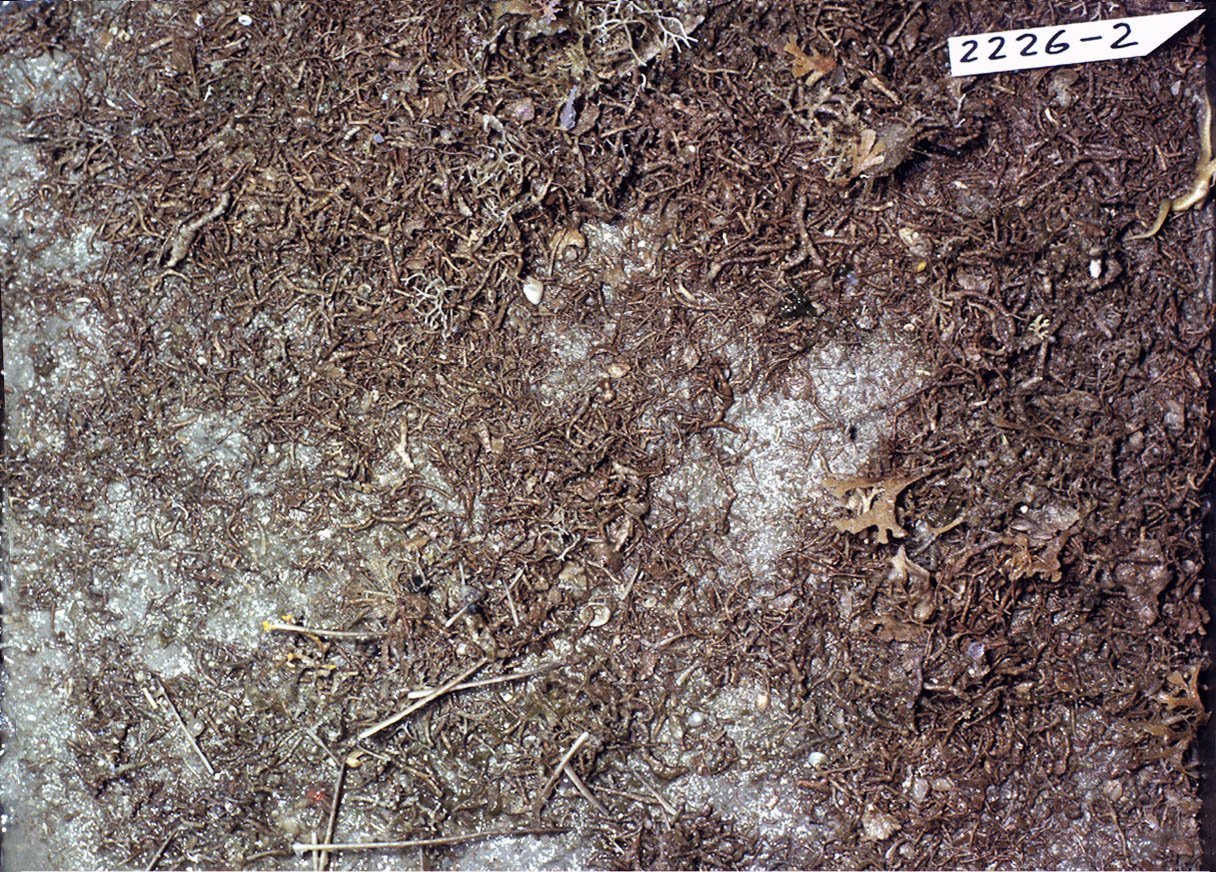
The chemical composition of marine organisms preserved in ocean sediments provides detailed records of past ocean conditions and global climate. Oxygen isotope ratios in foraminifera shells reflect both ocean temperature and the volume of ice stored in continental glaciers. Carbon isotope ratios reveal information about ocean productivity and the global carbon cycle.
These marine isotope records have revealed the existence of rapid climate changes called Dansgaard-Oeschger events, which occurred repeatedly during the last ice age. During these events, North Atlantic temperatures warmed by up to 10 degrees Celsius within just a few decades, then cooled again almost as quickly. These records show that Earth’s climate system can change much more rapidly than previously thought.
Implications for Understanding Future Climate

The climate records preserved in ice, mud, and stone provide crucial context for understanding current climate change and predicting future conditions. These natural archives show that Earth’s climate has always been variable, but they also reveal that the current rate of change is unprecedented in the geological record. The proxy records demonstrate that small changes in atmospheric composition can trigger large changes in global climate.
Perhaps most importantly, these records show that climate changes can happen much faster than human societies typically adapt. The rapid changes recorded in ice cores and other archives suggest that gradual warming could trigger sudden shifts to new climate states. Understanding these past changes helps scientists identify potential tipping points in Earth’s climate system and provides crucial information for predicting how current warming might unfold.
These ancient climate records remind us that Earth’s climate system is far more dynamic and sensitive than most people realize. The stories locked in ice, mud, and stone reveal a planet that has experienced dramatic climate swings throughout its history, from tropical warmth at the poles to ice sheets covering much of North America and Europe. As we face rapid climate change today, these prehistoric archives serve as both warning and guide, showing us what’s possible when Earth’s climate system is pushed beyond its normal bounds. What surprises might these ancient records still hold about our planet’s climatic future?



